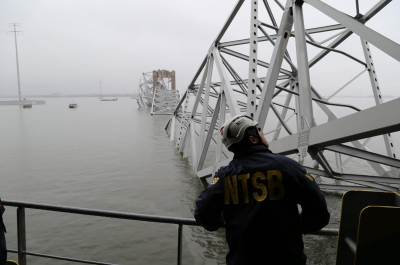On Monday — opening morning — there was considerable speculation about how much attendance at the Offshore Technology Conference (OTC) would be affected by low oil prices. Estimates rose as high as a 30% reduction in attendees. It appears that this speculation was for naught. Attendance was about 95,000 this year, a 12.5% drop from 2014's record 108,000.
OTC 2015 opened with a bang, recording an actual increase in exhibitors this year. At 695,000 sq. ft., it was the largest OTC exhibition ever. However, given the fact that OTC exhibit space is generally booked a year in advance (when the oil prices were much better) and cancellations cost nearly as much as exhibiting, the number of exhibitors may not be the best indicator. While final attendance figures won’t be available for a couple of days, there was little sign that “the almost too crowded to walk through” environment had slacked off. That may prove to be a much better indicator.
Low oil prices did have an impact in two areas, however. First, it was the subject of much conversation and speculation. Failing a substantial rise in oil prices, much of that conversation and speculation was centered on how poor the OTC conference and exhibition might fare next year. Second, it appeared that the offshore technology component of the exhibition, and parts of the program, was less spectacular this year. A long stroll through the exhibits, while interesting, did not seem to me to highlight as much new technology as usual. Indeed, it seemed that much of the “new” technology was last year’s new technology also. I heard the same observations from several other attendees of both the technical sessions and the exhibition. It mirrors the cost of new technology development versus OTC participation. One is a long-term, high-cost bet. The other is a short-term, relatively low-cost expense.
As a whole, the event was not nearly as affected as most of us expected. The tone was, actually, rather upbeat. It was fairly apparent that the exhibitors and attendees are more — maybe much more — optimistic than pessimistic about the prospects for the next few months.




